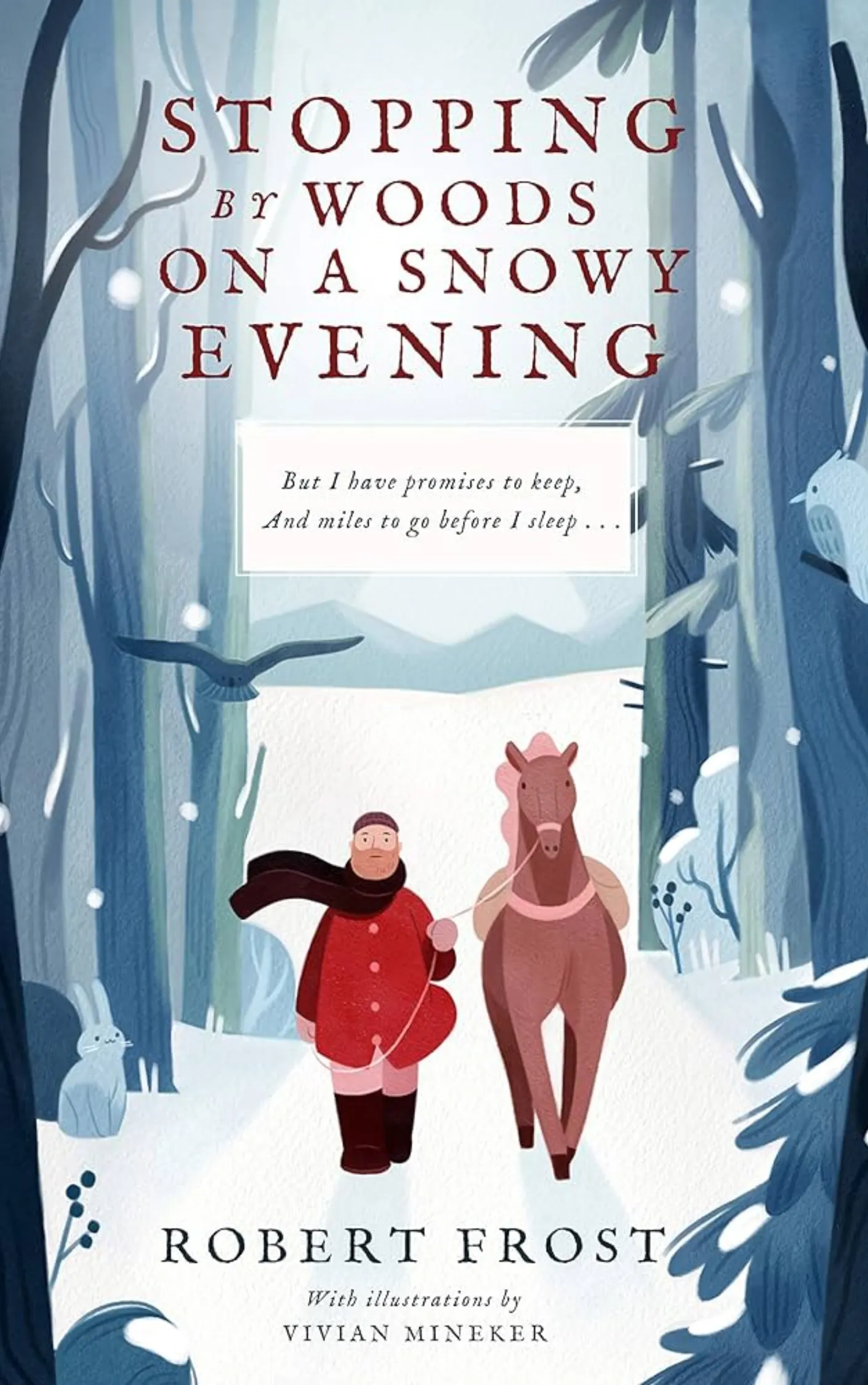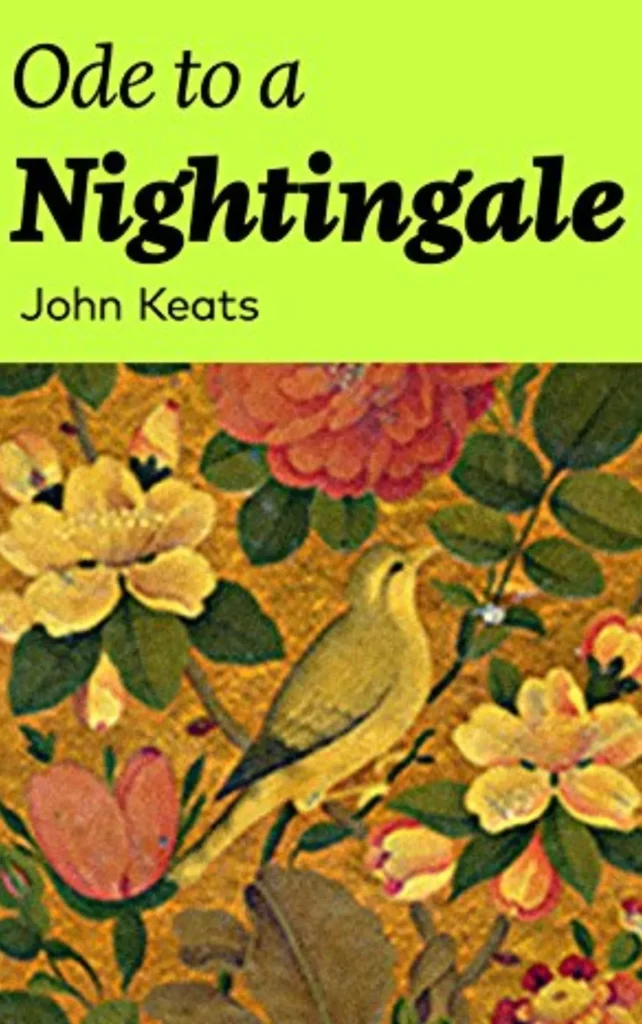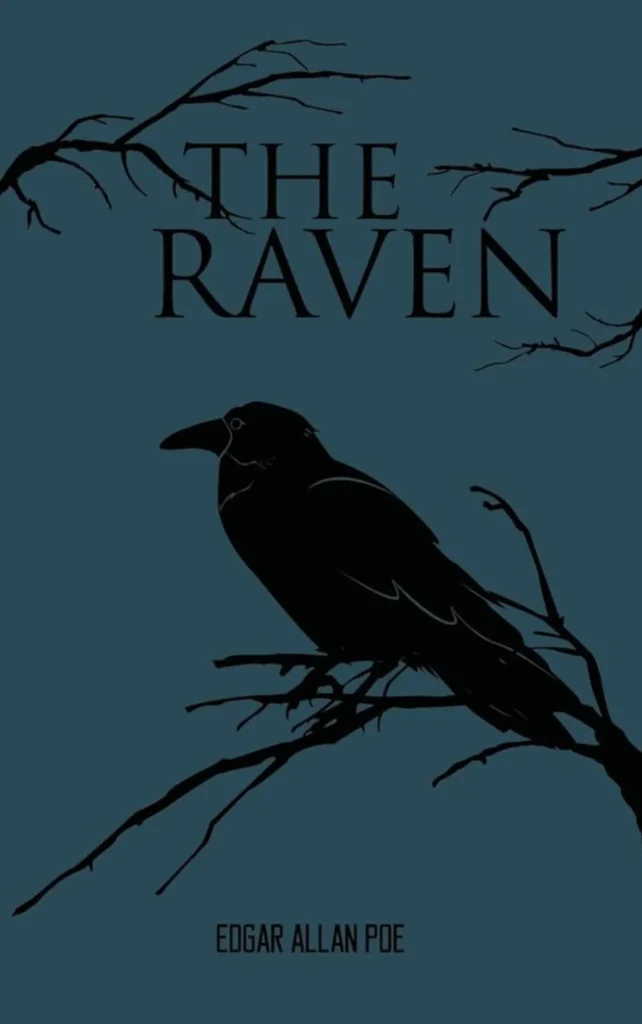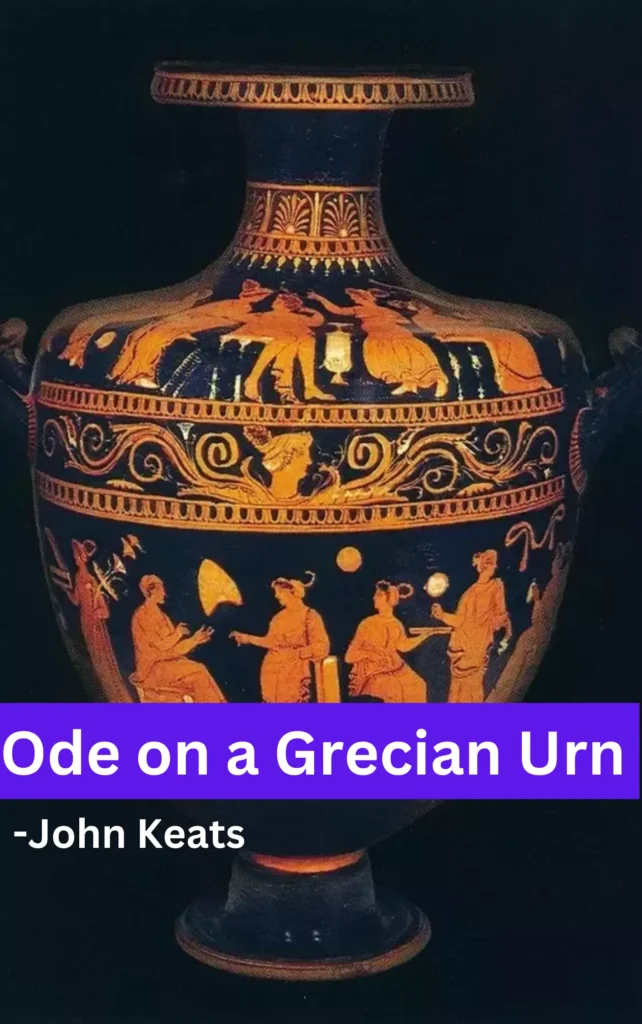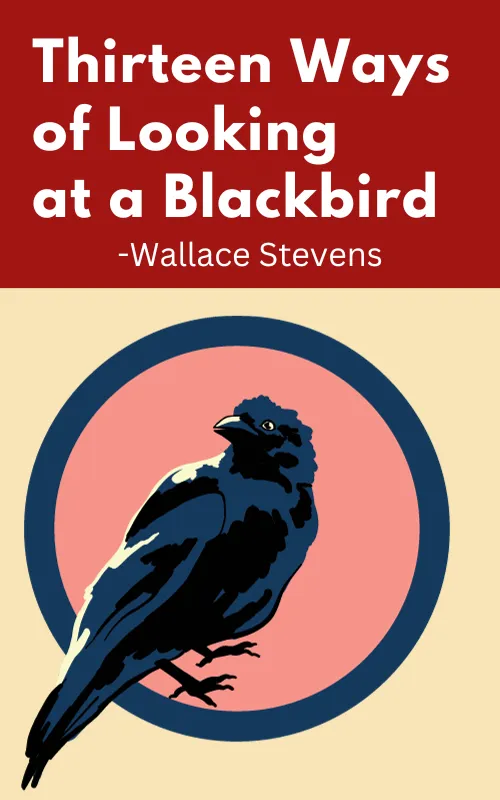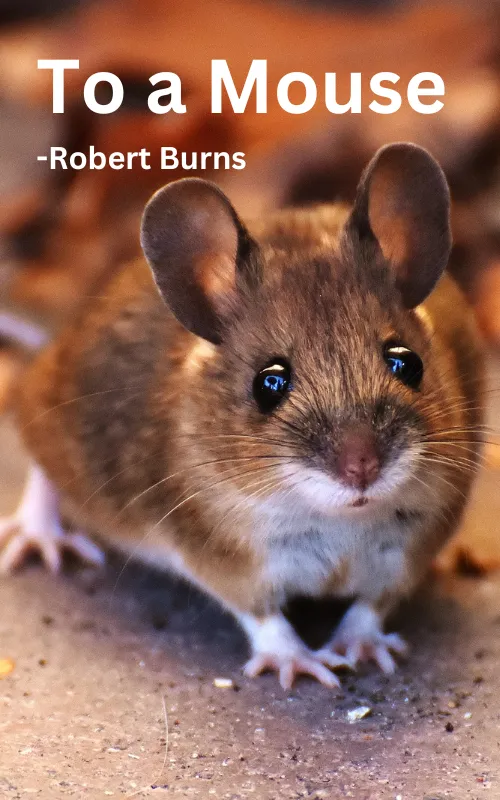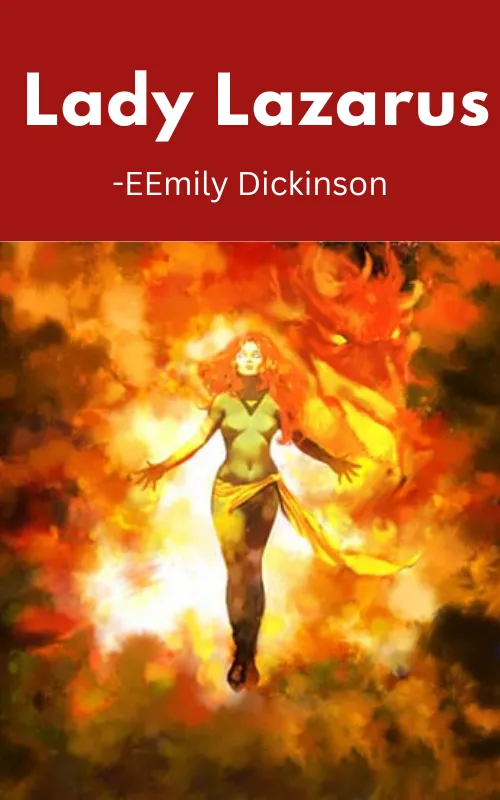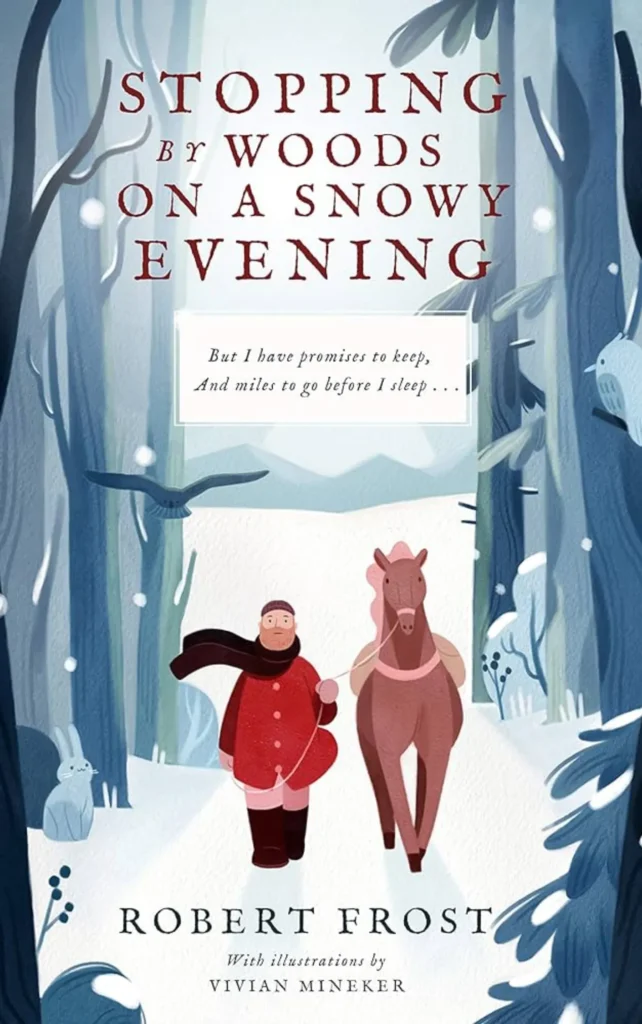
About Poem- Stopping by Woods on a Snowy Evening
| Poem Title | Stopping by Woods on a Snowy Evening |
| Author | Robert Frost |
| Genre | Lyric poem |
| Publication date | 1923 |
| Speaker | A traveler on a horse-drawn carriage |
| Setting | A snowy evening in the woods |
| Subject | The speaker’s appreciation of the beauty of nature |
| Themes | Nature, beauty, transience, the human condition |
Stopping by Woods on a Snowy Evening Poem
Whose woods these are I think I know.
His house is in the village though;
He will not see me stopping here
To watch his woods fill up with snow.
My little horse must think it queer
To stop without a farmhouse near
Between the woods and frozen lake
The darkest evening of the year.
He gives his harness bells a shake
To ask if there is some mistake.
The only other sound’s the sweep
Of easy wind and downy flake.
The woods are lovely, dark and deep,
But I have promises to keep,
And miles to go before I sleep,
And miles to go before I sleep.
Watch Full Poem Summary & Analysis on YouTube
Stopping by Woods on a Snowy Evening Summary and Analysis
Stopping by Woods on a Snowy Evening is a renowned poem by Robert Frost, first published in 1923. The poem is composed of four quatrains (four-line stanzas) and is often celebrated for its simplicity, yet it carries a profound and contemplative theme. Here is a stanza-by-stanza summary of the poem:
Stanza 1: In the first stanza, the speaker describes a serene and picturesque scene of a snowy evening in the woods. He conveys a sense of isolation and tranquility as he observes the snow falling softly. The woods are described as being “lovely, dark, and deep,” and the sense of isolation is emphasized with the mention that his horse seems to question his decision to stop.
Stanza 2: In the second stanza, the speaker remarks that he is stopping by the woods to watch them fill up with snow. The woods are owned by someone in the village, and the speaker’s horse shakes his harness bells, impatient to continue the journey. The reference to the owner of the woods and the speaker’s sense of obligation to move on suggest that there are pressing responsibilities or commitments awaiting him.
Stanza 3: The third stanza reflects the speaker’s inner conflict. He is captivated by the peaceful scene in the woods, with no other sounds but the wind and the snow. The woods are deep, dark, and inviting, but he acknowledges that he has “promises to keep.” These promises could be interpreted as social or personal obligations, highlighting the tension between his desire to linger and his duty to move forward.
Stanza 4: In the final stanza, the speaker resolves his inner conflict and realizes that he must continue his journey. He repeats the line, “And miles to go before I sleep,” which underscores the idea of responsibilities and obligations that he cannot ignore. He acknowledges that the woods are “lovely, dark, and deep,” but he must keep moving on. The repetition of the last line, “And miles to go before I sleep,” underscores the weight of the speaker’s obligations.
Stopping by Woods on a Snowy Evening- FAQs
Why does the horse think it queer to stop in woods?
The meaning of the poem “Stopping by Woods on a Snowy Evening” is about the importance of appreciating the beauty of the present moment, even though it is fleeting.
What would the darkest night of the year symbolize?
The darkest night of the year symbolizes a moment of serene, contemplative solitude amid life’s demands and obligations.
What does the poet mean by yellow wood?
The “yellow wood” symbolizes a choice or decision in life, as the speaker contemplates his obligations and responsibilities before moving on.
What does miles to go before I sleep mean?
It means that the remaining responsibilities and commitments in life that must be fulfilled before the speaker can rest or die.
What does the woods are lovely dark and deep mean?
The line “The woods are lovely, dark, and deep” in signifies the captivating and mysterious allure of the snow-covered forest, prompting the speaker’s contemplation, but also carries a sense of danger and the unknown.
What does the poet mean by inactivity in keeping quiet?
It refers to the allure of surrendering to the peaceful stillness of the snow-covered woods, representing a momentary escape from life’s obligations and responsibilities.
How does the poet realize that her mother was a dying woman?
The poet realizes that his mother was a dying woman through her association with the family graveyard in the woods, symbolizing her proximity to death.
Why does the poet describe her mother like a corpse?
The poet describes the mother as resembling a “corpse” to emphasize her stillness and tranquility, contrasting it with the speaker’s own restlessness in the face of nature’s beauty.
What do the harness bells symbolize?
The harness bells symbolize the pull of worldly responsibilities and commitments, contrasting with the speaker’s desire for tranquility in the snowy woods.
Why is the last line repeated in the poem?
The repetition of the last line in the poem, “And miles to go before I sleep,” emphasizes the speaker’s sense of duty and obligation, highlighting the choice to resist the tranquil allure of the woods and continue with life’s responsibilities.
What is the conclusion of Stopping by Woods on a Snowy Evening?
The conclusion of “Stopping by Woods on a Snowy Evening” suggests that while the speaker is drawn to the beauty and peace of the snowy woods, he ultimately chooses to fulfill his commitments and responsibilities, acknowledging that he has “promises to keep” and “miles to go before [he] sleep,” signifying his duty over personal indulgence.

